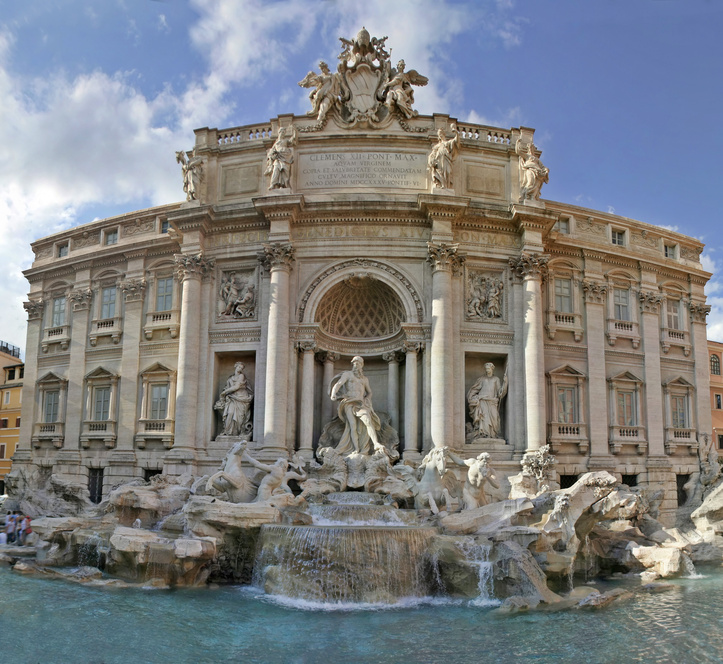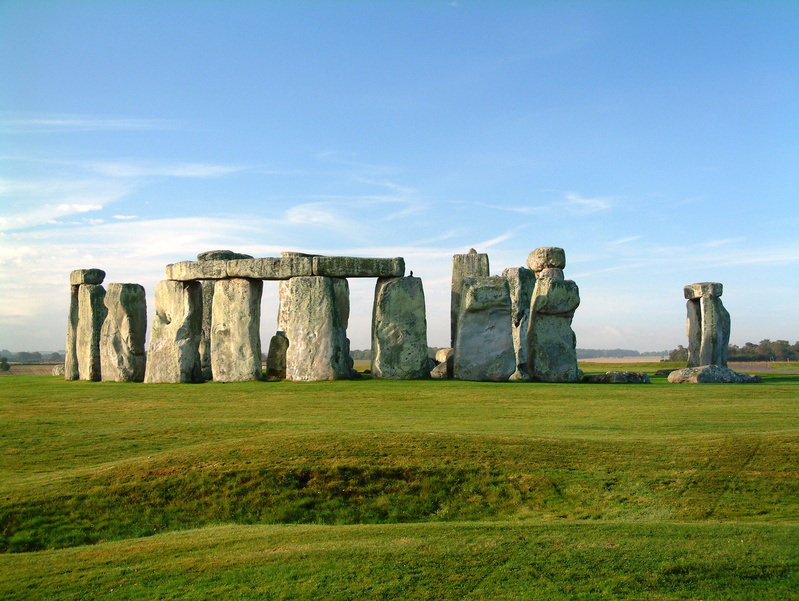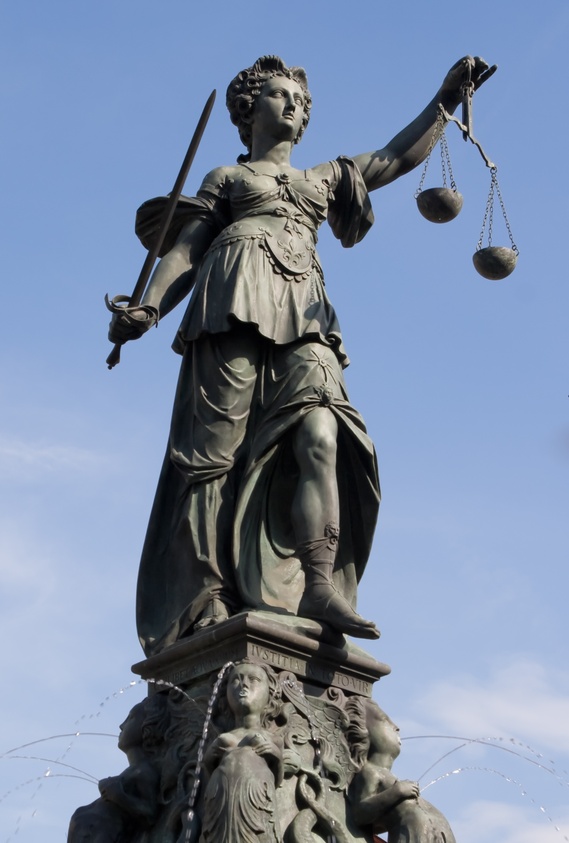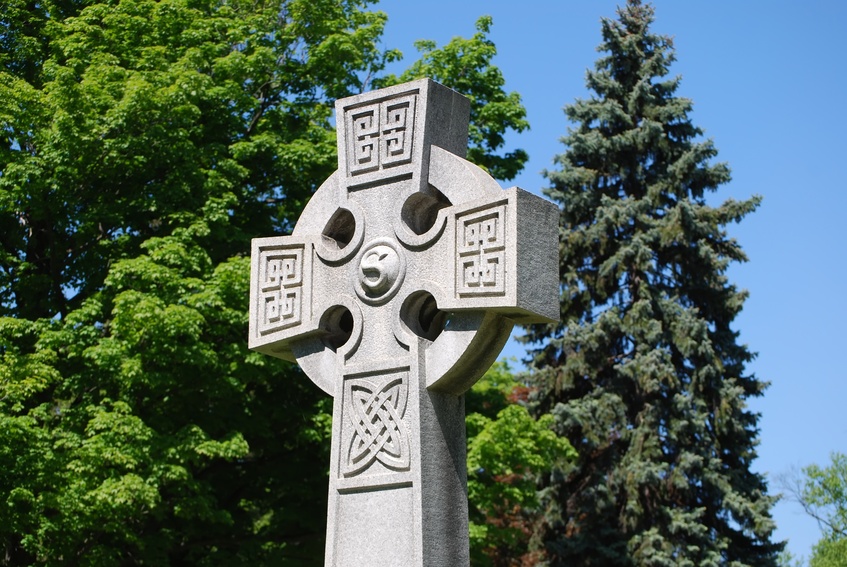From Europe, Greece, Germany, England, Sweden and Poland provide a broad array of cultural mythologies many of which are the roots of Western civilization. Hofstede (2007:412) traced the origin of the word Europe to Phoenician sailors from 3000 years ago who 'oriented themselves between esch and ereb, that is dawn and dusk, or East and West; and this became Asia and Europa'. Over time the name also became linked to Europa, a Phoenician princess of Greek mythology. In addition to Greece, cultural mythologies extending back to early times from different countries also contribute to form a collective European identity and culture.
 In Chapter 6, Theodore Peridis examines cultural mythology and leadership in Greece. Peridis rightly observes that some of the greatest stories of heroes and quests ever told have been handed down from the ancient Greeks, and the work 'myth' itself is of Greek origin. The chapter offers three clusters of Greek myths that center on common themes and, together, illustrate the nature of Greek worldview and subsequent leadership style. First, we see king of the gods Zeus rule from the highest position and legendary Agamemnon with a focused and ambitious drive, yet even in their strength they both struggle with inherent limits in the power, both internal and external, to impose their will. Second, stories of mighty Hercules and brave Achilles recount almost super human deeds yet they are often characterized as arrogant and befallen by overly emotional, or perhaps, ultimately human, nature. Third, the epic tales of the intrepid Odysseus exhibit a remarkable resourcefulness in his adventrures yet their recounting also reveals that the journey might be more important than any of its eventual outcomes (or lack thereof). Together Peridis employs these Greek myths to paint a picture of the noble but tragic nature of leadership, a conception of a contingent and almost capricious sense of justice, a portrayal of the hero as both noble yet flawed, and a broadly conceived leadership mission with a tolerance, indeed some might say a charge, for fluiid and malleable execution.
In Chapter 6, Theodore Peridis examines cultural mythology and leadership in Greece. Peridis rightly observes that some of the greatest stories of heroes and quests ever told have been handed down from the ancient Greeks, and the work 'myth' itself is of Greek origin. The chapter offers three clusters of Greek myths that center on common themes and, together, illustrate the nature of Greek worldview and subsequent leadership style. First, we see king of the gods Zeus rule from the highest position and legendary Agamemnon with a focused and ambitious drive, yet even in their strength they both struggle with inherent limits in the power, both internal and external, to impose their will. Second, stories of mighty Hercules and brave Achilles recount almost super human deeds yet they are often characterized as arrogant and befallen by overly emotional, or perhaps, ultimately human, nature. Third, the epic tales of the intrepid Odysseus exhibit a remarkable resourcefulness in his adventrures yet their recounting also reveals that the journey might be more important than any of its eventual outcomes (or lack thereof). Together Peridis employs these Greek myths to paint a picture of the noble but tragic nature of leadership, a conception of a contingent and almost capricious sense of justice, a portrayal of the hero as both noble yet flawed, and a broadly conceived leadership mission with a tolerance, indeed some might say a charge, for fluiid and malleable execution.
 In Chapter 7, Sonja Sackmann examines cultural mythology and leadership in Germany. She focuses on four aspects of Germanic mythology and history: The medieval saga 'Nibelungenlied', which includes the story of Siegfried and lessons that power must be supplemented with a greater sense of wisdom; Prussian Virtues, including legendary exploits of Frederick the Great; the Hanseatic League, retelling the honor and pride in being a merchant; and post World War II democratization following the dictatorial system of the National Socialists, which sought to distance itself from a 'fuhrer' (German translation for the word 'leader') in order to establish more participatory and collective mechanisms for governance. Sackmann then considers the core values that these mythologies implanted in modern German leadership as well as the popular, often outmoded stereotypes that too frequently obscure them. Discussed are characteristics such as team orientation and participation, charisma and inspiration, as well as hard work and performance/humane orientation. Chancellor Angela Merkel and Allianz Group CEO Michael Diekmann are presented to illustrate the cultural dynamic and socialization processes emgergent from these mythological traditions. Projecting forward, Sackmann sees the 'hard' side of leadership giving way to a more team-based approach of younger leaders, especially in high-tech industries, and as such she suggests that an evolving German mythology be appreciated accordingly.
In Chapter 7, Sonja Sackmann examines cultural mythology and leadership in Germany. She focuses on four aspects of Germanic mythology and history: The medieval saga 'Nibelungenlied', which includes the story of Siegfried and lessons that power must be supplemented with a greater sense of wisdom; Prussian Virtues, including legendary exploits of Frederick the Great; the Hanseatic League, retelling the honor and pride in being a merchant; and post World War II democratization following the dictatorial system of the National Socialists, which sought to distance itself from a 'fuhrer' (German translation for the word 'leader') in order to establish more participatory and collective mechanisms for governance. Sackmann then considers the core values that these mythologies implanted in modern German leadership as well as the popular, often outmoded stereotypes that too frequently obscure them. Discussed are characteristics such as team orientation and participation, charisma and inspiration, as well as hard work and performance/humane orientation. Chancellor Angela Merkel and Allianz Group CEO Michael Diekmann are presented to illustrate the cultural dynamic and socialization processes emgergent from these mythological traditions. Projecting forward, Sackmann sees the 'hard' side of leadership giving way to a more team-based approach of younger leaders, especially in high-tech industries, and as such she suggests that an evolving German mythology be appreciated accordingly.
 In Chapter 8, Ronnie Littrell examines cultural mythology and leadership in England. He brackets his analysis with reflections by Primrose and Rhodes, which express the view that England is destined to lead the world and that this indeed for its betterment. Littrell traces the evolution of Brittania and the British Empire, describing various larger-than-life figures such as William the Conqueror and Queen Elizabeth I. English mythology is held up as a looking glass upon this history to highlight core values and themes. Included in these are the indomitable but prudent Beowulf, multifarious Romano-Celtic deities, legendary King Arthur, and rebellious Robin Hood. These latter two merit special attention from the author insofar as they are seen as divergent yet complementary elements which help define the essential English identity. From King Arthur emerge a warrior spiri and dedicated defense of the nation, a just and generous outlook, a courtly and noble demeanor, and the fundamental rules of chivalrous behavior and knighthood. These attributes are complemented by Robin Hood's romantic, common-man, outlaw struggle against oppressive and unjust structures. When Sir Francis Drake's jaunty, daring attitude in the face of danger (that is, stiff upper-lip) is addedto the equation the portrait becomes clear. Modern English leadership is seen by Littrell as embodying these aspects and this is reinforced through reference to scholarly research and current practice.
In Chapter 8, Ronnie Littrell examines cultural mythology and leadership in England. He brackets his analysis with reflections by Primrose and Rhodes, which express the view that England is destined to lead the world and that this indeed for its betterment. Littrell traces the evolution of Brittania and the British Empire, describing various larger-than-life figures such as William the Conqueror and Queen Elizabeth I. English mythology is held up as a looking glass upon this history to highlight core values and themes. Included in these are the indomitable but prudent Beowulf, multifarious Romano-Celtic deities, legendary King Arthur, and rebellious Robin Hood. These latter two merit special attention from the author insofar as they are seen as divergent yet complementary elements which help define the essential English identity. From King Arthur emerge a warrior spiri and dedicated defense of the nation, a just and generous outlook, a courtly and noble demeanor, and the fundamental rules of chivalrous behavior and knighthood. These attributes are complemented by Robin Hood's romantic, common-man, outlaw struggle against oppressive and unjust structures. When Sir Francis Drake's jaunty, daring attitude in the face of danger (that is, stiff upper-lip) is addedto the equation the portrait becomes clear. Modern English leadership is seen by Littrell as embodying these aspects and this is reinforced through reference to scholarly research and current practice.
 In Chapter 9, Lena and Udo Zander examine cultural mythology and leadership in Sweden. The Zanders offer a longitudinal, probing analysis of the Swedish leadership paradigm, hailed by some studies as among the best in the world. From a starting point of Swedish and Norse mythology the authors recount colorful stories of mythological dieties including Oden, who bargained health and hardiness for but a sip of wisdom and a taste of knowledge; and his son Tor, who with his mighty hammer and aggressive temperament battled giants to bring order from chaos. Also discussed are folk tales and the myths of 'potential' helpers Tomte and Will-o-the-wisp, who can be of great help if treated well but equally mischievous if treated poorly. From these foundations the authors deduce five emergent Swedish leadership themes: practical knowledge and action-orientation, social individualism and team-work/consensus, respectful egalitarianism and empowerment, fairness and logical universalism, and an engaged walking around. Seen as embodying these ancient mythological-derived characteristics are modern leaders as ICA Ahold AB's Kenneth Bengtsson, ABB's Percy Barnevik, SAS's Jan Carlzon, and IKEA's Ingvar Kamprad. The authors conclude by examining some leadership strengths, challenges, as well as changes in the Swedish paradigm and in turn offer suggestions for their effective engagement.
In Chapter 9, Lena and Udo Zander examine cultural mythology and leadership in Sweden. The Zanders offer a longitudinal, probing analysis of the Swedish leadership paradigm, hailed by some studies as among the best in the world. From a starting point of Swedish and Norse mythology the authors recount colorful stories of mythological dieties including Oden, who bargained health and hardiness for but a sip of wisdom and a taste of knowledge; and his son Tor, who with his mighty hammer and aggressive temperament battled giants to bring order from chaos. Also discussed are folk tales and the myths of 'potential' helpers Tomte and Will-o-the-wisp, who can be of great help if treated well but equally mischievous if treated poorly. From these foundations the authors deduce five emergent Swedish leadership themes: practical knowledge and action-orientation, social individualism and team-work/consensus, respectful egalitarianism and empowerment, fairness and logical universalism, and an engaged walking around. Seen as embodying these ancient mythological-derived characteristics are modern leaders as ICA Ahold AB's Kenneth Bengtsson, ABB's Percy Barnevik, SAS's Jan Carlzon, and IKEA's Ingvar Kamprad. The authors conclude by examining some leadership strengths, challenges, as well as changes in the Swedish paradigm and in turn offer suggestions for their effective engagement.
 In Chapter 10, Christopher Ziemnowicz and John Spillan examine cultural mythology and leadership in Poland. The authors describe myths such as legendary Prince Krakus, King Boleslaw and outlaw Jerzy Janosik and trace these through to two examples of historical memory deeply rooted in Polish cultural heritage: the Polish Nation's Anthem and Warsaw Uprising. First, the former lyrics are characterized as symbols of preseverance and hope that inspire Poles through times of difficulty. Second, the later uprising is seen to represent atrocities befallen the Polish peoples that put down, but did not keep down, the country and its inhabitants. Ziemnowicz and Spillan then point to the conception of a Polish 'before', preceding Nazi and communist occupation, which continues to guide and motivate. They also emphasize the particularly insidious influence of imposed communist systems that created an attitude of passivity and helplessness, an 'it is not mine so I do not care' world view institutionalized in economic and educational structures. Eventually overcome in solidarity movements and new 'can-do' mythological figures such as Lech Walesa, as well as larger market reforms, the dynamic Polish environment is embodied in leaders such as Geofizyka Torun CEO Stanislaw Zon who are promoting progressive leadership approaches. The authors conclude with an analysis of old versus new Polish leadership as well as a comparison with American style, a profile of the modern Polish manager, and suggestions for succeeding in Poland's rapidly evolving context.
In Chapter 10, Christopher Ziemnowicz and John Spillan examine cultural mythology and leadership in Poland. The authors describe myths such as legendary Prince Krakus, King Boleslaw and outlaw Jerzy Janosik and trace these through to two examples of historical memory deeply rooted in Polish cultural heritage: the Polish Nation's Anthem and Warsaw Uprising. First, the former lyrics are characterized as symbols of preseverance and hope that inspire Poles through times of difficulty. Second, the later uprising is seen to represent atrocities befallen the Polish peoples that put down, but did not keep down, the country and its inhabitants. Ziemnowicz and Spillan then point to the conception of a Polish 'before', preceding Nazi and communist occupation, which continues to guide and motivate. They also emphasize the particularly insidious influence of imposed communist systems that created an attitude of passivity and helplessness, an 'it is not mine so I do not care' world view institutionalized in economic and educational structures. Eventually overcome in solidarity movements and new 'can-do' mythological figures such as Lech Walesa, as well as larger market reforms, the dynamic Polish environment is embodied in leaders such as Geofizyka Torun CEO Stanislaw Zon who are promoting progressive leadership approaches. The authors conclude with an analysis of old versus new Polish leadership as well as a comparison with American style, a profile of the modern Polish manager, and suggestions for succeeding in Poland's rapidly evolving context.



